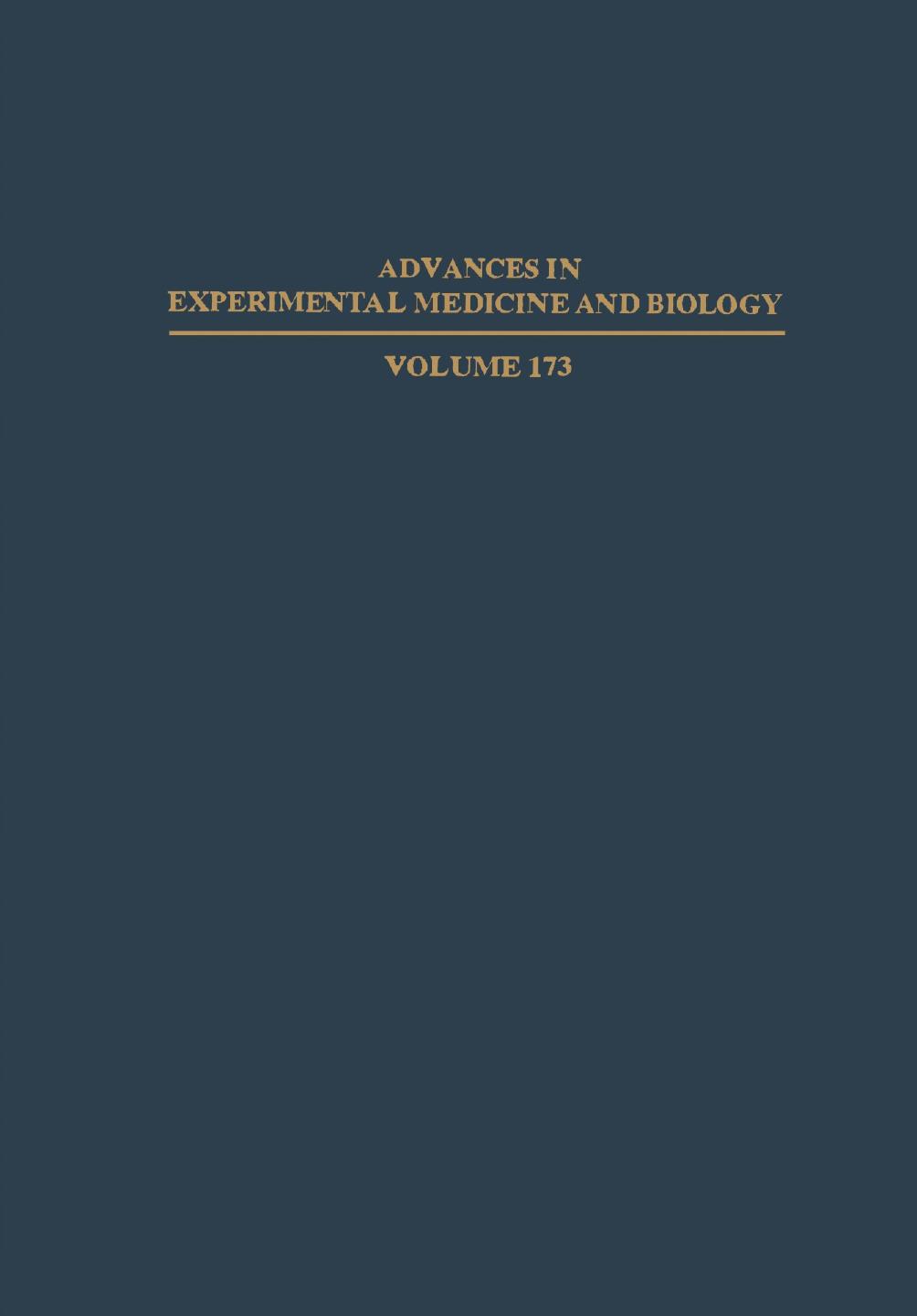

Most ebook files are in PDF format, so you can easily read them using various software such as Foxit Reader or directly on the Google Chrome browser.
Some ebook files are released by publishers in other formats such as .awz, .mobi, .epub, .fb2, etc. You may need to install specific software to read these formats on mobile/PC, such as Calibre.
Please read the tutorial at this link: https://ebookbell.com/faq
We offer FREE conversion to the popular formats you request; however, this may take some time. Therefore, right after payment, please email us, and we will try to provide the service as quickly as possible.
For some exceptional file formats or broken links (if any), please refrain from opening any disputes. Instead, email us first, and we will try to assist within a maximum of 6 hours.
EbookBell Team

5.0
88 reviews
ISBN 13: 9781461593737
Author: P. J. M. Rottier, B. A. M. Zeijst, W. J. M. Spaan, M. C. Horzinek
The present volume contains the Proceedings of an EMBO Workshop organized in June 1983 by the Institute of Virology, Veterinary Faculty, State University of Utrecht, The Netherlands. Some 70 scientists from 11 countries followed the invitation to present and discuss their recent data on the structure, replication, genetics and pathogenesis of coronaviruses. It was the second international meeting on these viruses; the Workshop, which was held in Zeist near Utrecht followed the example of the Wuerzburg symposium of October 1980. At that time it became clear that coronaviruses are unique in many respects. Once a group of viruses that were defined merely on the basis of their characteristic peplomer morphology, Coronaviridae family members are known today - to be constructed from essentially three polypeptides - to use a "nested set" of 5-6 subgenomic mRNAs in the expression of their large, positive and single stranded RNA genome, - to generate these subgenomic RNAs through specific fusion of non contiguous sequences, - to mature by budding from intracellular membranes, - to cause persistent infection with neurological involvement and sometimes immunopathological conditons. These and many other findings have been established only very recently. The articles collected in this book reveal and/or further detail these findings. Since these Proceedings contain the combined scientific presentations of representatives from virtually all laboratories engaged in the field, they provide a fairly comprehensive review of the state of the art in corona virology.
1. Molecular Biology of Coronaviruses – Overview
2. Biochemistry of Coronaviruses 1983
3. Viral Proteins and Maturation
4. Organization of the IBV Genome
5. Proteolytic Cleavage of Peplomeric Glycoprotein E2 of MHV
6. Coronavirus Maturation
7. In Vitro Assembly of the Murine Coronavirus Membrane Protein E1
8. Characterization of Viral Proteins Synthesized in 229E Infected Cells
9. Defective Replication of Porcine Transmissible Gastroenteritis Virus
10. Structural Characterization of IBV Glycoproteins
11. Use of Monoclonal Antibodies to Assess Antigenic Relationships of IBV Serotypes
12. Monoclonal Antibodies to the Three Classes of MHV Strain A59 Proteins
13. Antigenic and Polypeptide Structure of Bovine Enteric Coronavirus
14. Plaque Assay and Immunochemistry of FIPV and Feline Enteric Coronavirus
15. Assembly of 229E Virions in Human Embryonic Lung Fibroblasts
16. Amphotericin Inhibits Coronavirus SD, SK, and A59 Growth
17. Electron Lucent Structures Induced by Coronaviruses
18. Cloning and Sequencing the Nucleocapsid and E1 Genes of Coronavirus
19. Nucleotide Sequencing of MHV Strain JHM mRNA 7
20. Transcription Strategy of Coronaviruses
21. Studies on the Mechanism of RNA Synthesis of a Murine Coronavirus
22. Glycoprotein E1 of MHV-A59: Structure and Recombinant cDNA Clones
23. DNA Sequencing Studies of Genomic cDNA of IBV
24. The Genome of Transmissible Gastroenteritis Virus (TGEV)
25. Biology of Coronaviruses 1983 – Overview
26. MHV-A59 Pathogenesis in Mice
27. Detection of MHV-A59 RNA by In Situ Hybridization
28. Coronavirus-Induced Subacute Demyelinating Encephalomyelitis in Rats
29. A One-Year Study of Coronavirus SD Infection in Mice
30. Cyclophosphamide and Coronavirus SD Infected Mice
31. In Vivo and In Vitro Models of Demyelinating Diseases
32. Temperature Sensitive MHV-A59 Mutant in Mouse Astrocytes
33. Replication of Murine Coronaviruses in Somatic Cell Hybrids
34. Persistent In Vitro Infection with MHV-3
35. Characterization of MHV-A59 Persistently Infected Cells
36. T Cell Clones Specific for MHV Strain JHM
37. Immune Response to MHV: Genetic Variation in Antibody Response
38. Pathogenic Differences Between Feline Coronavirus Isolates
39. Expression of FIP Coronavirus Antigens on Feline Macrophage-Like Cells
40. Effusive FIP and Role of Antibodies and Lymphocytes
41. Interactions of TGEV with Macrophages and Lymphocytes
42. Effect of Stomach and Gut Juices on TGEV Infectivity
43. Pathogenicity of MHV-2cc from a Persistently Infected DBT Cell Line
44. OC43 Virus Pathogenesis and Age-Related Susceptibility in Mice
45. Coronavirus Antigen in MS Brain and Interferon Studies
molecular biology of covid 19
molecular pathogenesis
molecular virology of sars-cov-2 and related coronaviruses
molecular and cellular biology of viruses pdf
the molecular virology of coronaviruses